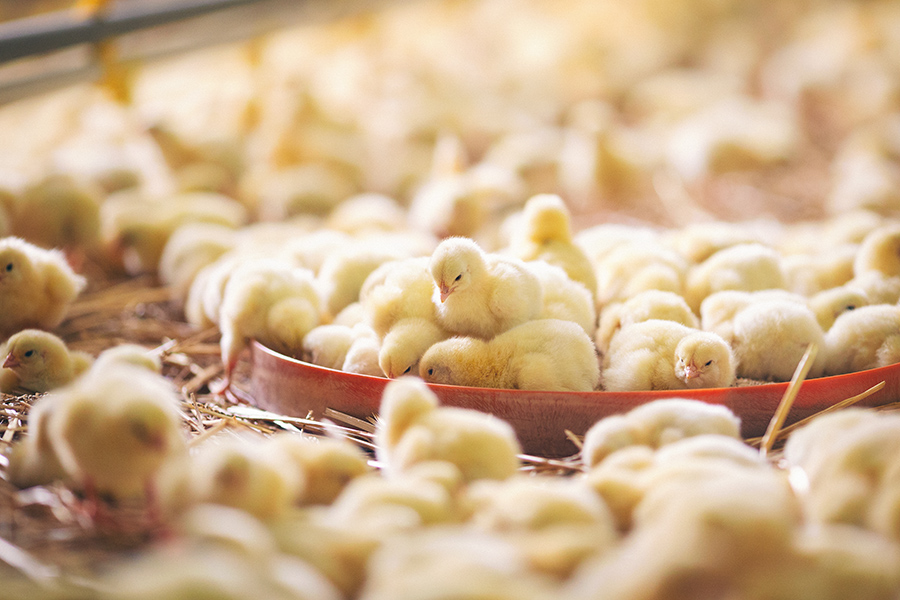During brooding it is important to maintain the proper temperature in the brooder. Below are the guidelines of the temperature to be maintained:
Learning Hub
Our commitment to customer success drive us to provide tools and resources necessary for your poultry business to achieve profitability.
Brooding
Brooding is the provision of artificial heat to help the chicks in temperature regulation. The heat can be provided by gas or electricity. The brooder area should be ready at least 24 hours before the chicks arrive. Below is a checklist of the things that need to be done before the chicks arrive:
- Provide the chicks with biosecure, clean housing.
- Arrange equipment to enable the chicks to access feed and water easily upon arrival.
- Chicks should not have to move more than 1m (3ft) to find water or feed in the first 24 hours.
- Position supplementary feeders and drinkers near the main feeding and drinking systems.
- Pre-heat the house and stabilize temperature and humidity before chicks arrival.
- Achieve a floor temperature of 28°c and 30°c
On arrival at the farm unload and place chicks quickly. Ensure feed and water is available immediately. Allow chicks to settle for 1-2 hours then check behavior. During brooding emphasis should be on the following:
- Temperature
- Spacing
- Ventilation
- Feed and water.
Temperature
| AGE (weeks) | TEMPERATURE (oC) | At chick level TEMPERATURE (oC) In the house |
|---|---|---|
| 1 | 33 to 35 | 30 to 32 |
| 2 | 30 to 32 | 27 to 29 |
| 3 | 27 to 29 | 24 to 26 |
| 4 | 24 to 26 | 21 to 23 |

High temperatures (overheated)
- Chicks lie prostrate with their head, neck and legs stretched out on the floor.
- Chicks pant
- Increased water consumption by the chicks, leading to distention of the crop and intestines.
- Chicks move away from the heat source and seek cooler parts of the brooder.
It is essential to maintain the proper temperatures during brooding as chicks which are chilled in the first day of life will be stressed, have increased mortality, get dehydrated, slow growth and a higher incidence of ascites. While overheated chicks will be dehydrated, resulting in high mortality, runting/stunting syndrome and poor flock uniformity. In severe cases, there will be higher mortality due to cardiovascular failure (flip over).

Spacing
Ventilation


Feeding
Poultry Centres Near Me
Stop by any Kenchic Poultry Centre for feeds, day old chicks, specialized technical and lab assistance or a quick consult with one of our vets.

